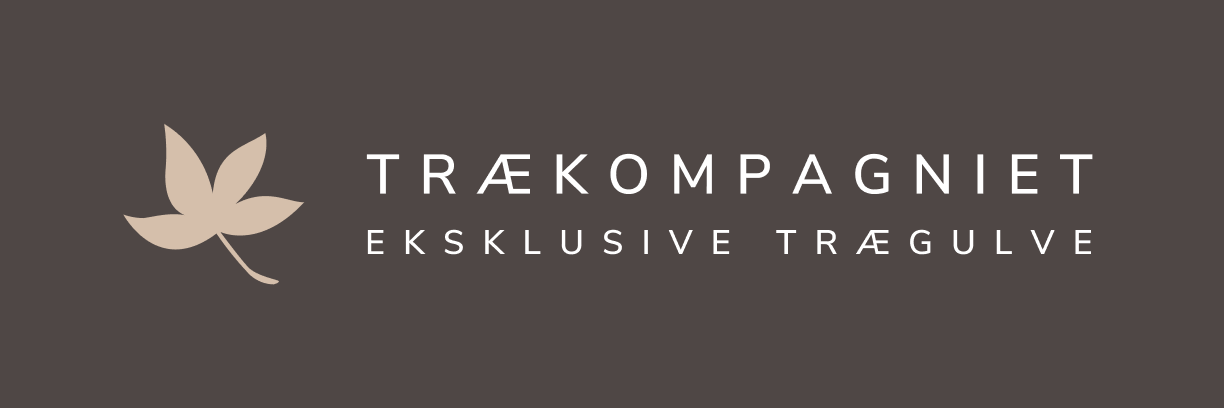FAQ
We have collected the questions that we are most frequently asked by our customers.
A solid wood floor consists of the same type of wood throughout and is almost indestructible. It can be polished many times. A solid wood floor is a natural product, which means it moves. When the humidity rises or falls beyond normal (which is 35 to 65% in relative humidity, which often happens in Denmark), you must be prepared for the boards to contract or expand. This reaction can leave smaller or larger cracks, shrinkage grooves between the boards or create the so-called washboard effect.
Solid plank floors must not be glued in tongue and groove or laid as a floating floor because each board must be able to move individually. Solid floors must either be scrubbed down or fully glued onto a solid surface.
Floating or floating installation is the most common way to install wooden floors because it is quick and easy. Fully glued floors offer many more advantages in return. Fully glued floors mean that the wooden floor is glued directly on top of a solid subfloor (concrete/chipboard) (chipboard). This gives a completely different reverberation and therefore much better acoustics in the room.
Advantages of a fully glued floor:
Better acoustics in the room – the floor feels more solid.
You can lay out the floor throughout – For example through doorways.
Base pieces in doorways are not necessary.
Aluminum rails are recommended for tiles.
Possibility of a joint when transitioning to any tiles.
More stability
Better heat conduction with underfloor heating.
Kitchen as well as other heavy furniture can be mounted or placed directly on the floor.
No skirting required – instead elastic joint can be applied along the wall.
The difference between floating and fully glued floors can be experienced in our showroom.
To ensure that the floor has room to expand as is to be expected in the most humid period, a so-called 10-board measure must be used. You measure the width of 10 boards in total, and add the extra air space that the floor needs to be able to expand. This measurement must be stated by the manufacturer, and depends on how wide the planks are. For example, if you have to lay 20cm planks, then 10 boards must fill 2007mm.
There are advantages and disadvantages to both surfaces. Lacquered floors cannot be treated or partially repaired, which is a disadvantage. Another disadvantage is that varnished floors become worn/scratched more quickly with heavy traffic, such as in corridors, by the sink and stove in the kitchen or entrance area. The advantages of varnish are that the floor requires very little maintenance in the first few years. Many people think that lacquered floors look a little artificial. We recommend using hardwax oil which is both durable and requires less maintenance in the long term.
Oiled floors need to be maintained every year while hard wax oiled floors only require maintenance every two/three years. The surface can be easily refreshed and partially repaired. We recommend choosing an oiled surface with hard wax, which is naturally hardened. It has the most advantages.
Trækompagniet offers to take care of the maintenance of your floors. We come and treat your floor when you want it and we come and treat your floors continuously as needed. It is very important to treat your floor correctly from the start. Trækompagniet has its own floor care products which guarantee that your floors will last for a long time.
Yes, we have a 30-year guarantee on all our floors. We stand by our quality and trust the products we deliver so much that we offer a long warranty on all our floors.
Yes, all our floors can withstand underfloor heating. Most of our floors are oak floors, which is actually one of the best types of wood to choose if you want underfloor heating under your wooden floor.
To take the best possible care of your wooden floor, you should wash it regularly, approximately every two weeks.
Read more about floor care here.
Yes, you can do that. However, remember to lay out the vapor barrier first, to protect the wooden floor against possible moisture from the concrete.
Yes, you can easily do that. However, be aware that if you have a wooden floor in the kitchen, you must pay close attention to maintenance, as it can otherwise easily wear out.

